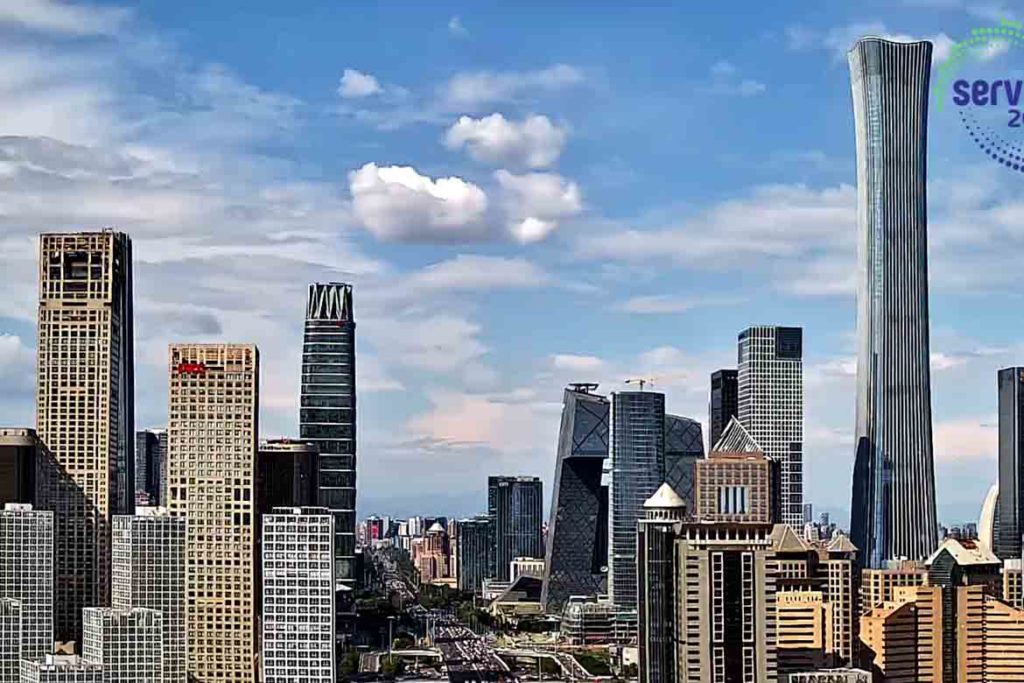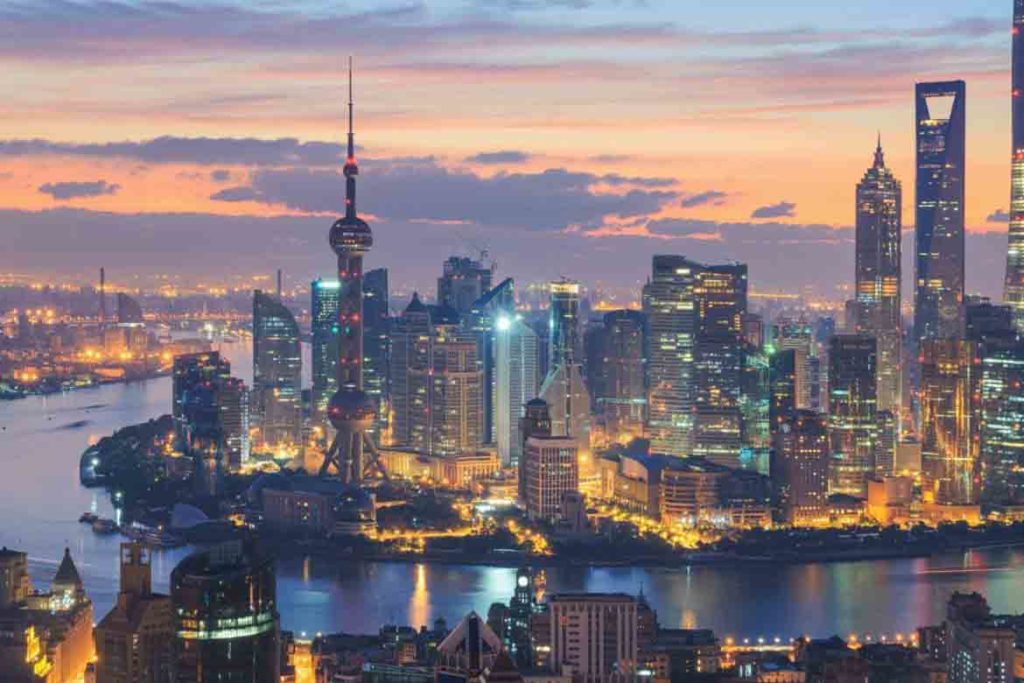An overview of the largest cities, from size to population, all across the world.

August 27th, 2022
What is the biggest city in the world?
Tokyo city has the largest population in the world at 37,468,000 people. It is the world’s biggest urban area and houses more than a quarter of Japan’s entire population. However when measuring by area, New York is the largest city in the world at 12,093 kilometres squared (though the population is only 20,870,000).
There are a number of different ways that a city size can be measured. Most commonly, there is population. This is generally what is referred to when a city is described as large or small. Population is the measured amount of people in a given area, and in terms of cities a small population is around 100,000 people, and large population upwards of 1.5 million.
The other method for measuring a city size is the area parameters. This refers to the geographic size of the city (usually in square kilometres) and does not necessarily indicate the population size of the city.
The population density of a city has a huge role to play here; if homes and dwellings are packed together closely, an urban city with a smaller land size can easily house a bigger population. The most densely populated city in the world is Monaco at 19,361 people per square kilometre, followed by Singapore at 8,019 people per square kilometre.
So, what else might influence the title of “biggest city in the world?’ Well, there is also the definition of a city and the boundaries therefore. There are a few different ways that a city can be defined; UNICEF defines a “city proper” as the administrative boundaries of a city i.e. the reach of that city’s authority. By this definition, China’s municipality Chonqing would be the largest city proper in the world – at roughly the size of Austria – even though 70% of its (30 million) population live in a rural settings.
Cities host more than 55% of the population globally. Around 4.2 billion people currently live in cities – and that number is set to rise drastically over the next few decades, estimated to hit 68% by 2050. North and South America make up the most urbanized regions of the world, though many of the 50 largest cities in the world are found in Asia. The biggest cities in Germany do not crack the top 50 and barely make the top 100.
10. San Jose – 1,013240
09. Dallas – 1,304,379
08. San Diego – 1,386,932
07. San Antonio – 1,434,625
06. Philadelphia – 1,603,797
05. Phoenix – 1,608,139
04. Houston – 2,304,580
03. Chicago – 2,746,338
02. Los Angeles – 3,898,747
01. New York City – 8,804,190
According to the world population 2021, the smallest city in the world is the Vatican City with just 800 residents. Vatican City is also the smallest country in the world, as an independent city-state which spans just over 100 acres (barely an eighth of the size of Central Park in New York).
Singapore city is the biggest city in Singapore with a population of 5,638,700. It is followed by Woodlands, which houses 252,530 people. The biggest town in Singapore is Bedok, with 294,500 residents.
08. Beijing, China

Beijing is the capital city of China with a population of 19.62 million. Beijing is about as old as London, with history tracing back for three thousand years. Beijing is ten times older than Sydney and six times older than New York. Beijing spans an expansive area of 16,411 square kilometres.
07. Mumbai, India

Mumbai is a municipality of India with a population of around 19.98 million people. It is one of the most densely populated cities in the world. Mumbai is around 603.4 kilometres squared and runs along the West coast. It is also known as the world centre of the Bollywood film industry.
05. Cairo, Egypt

Cairo is Egypt’s capital city with a population of 20.08 million people. Cairo is a very spaced out city, spanning over a 3,085 square kilometre area. The iconic pyramids of Giza are found at the southwestern edge of the metropolis and can even be seen from the city.
06. Mexico City, Mexico

Mexico city is the capital of Mexico. It has a population of 21.58. Mexico city is a densely populated city at a high altitude of 2,240 metres. Mexico city is bordered by mountains and two volcanoes. Mexico city is actually sinking at a rate of 12 inches every year. It also houses more than 6,000 acres of UN-protected ancient farmland.
04. São Paulo, Brazil

Sao Paulo is the largest city in Brazil – and the entirety of South America – with a population of 21.65 million as of 2020. Sao Paulo is not Brazil’s capital city, but it is the country’s financial hub. The city was founded by Jesuit priests in 1554. It spans an area of 1,521 square kilometres.
03. Shanghai, China

Shanghai is the third largest city in the world with a population of 26.32 million. Spanning over an area of $6,350 kilometres squared, Shanghai houses the world’s longest subway system at 802km.
02. Delhi, India

Dehli is the second largest city in the world according to UN figures with a population of 30 million. Jakarta in Indonesia is also a contender for the second largest slot, but is excluded from the UN data which is a mix of city proper, metropolitan area and urban area. By contrast, the Kolkata population is much smaller than Dehli with only 6 million people.
01. Tokyo, Japan

Tokyo is the most populated city in the world with a population of 37.26 million (2015). The most incredible thing about the Tokyo population is that this single city houses more than a quarter of Japan’s entire populous. Tokyo is the capital of Japan and was named Edo until 1868. It is known for iconic landmarks such as the Tokyo Skytree.
INDESIGN is on instagram
Follow @indesignlive
A searchable and comprehensive guide for specifying leading products and their suppliers
Keep up to date with the latest and greatest from our industry BFF's!

A curated exhibition in Frederiksstaden captures the spirit of Australian design

London-based design duo Raw Edges have joined forces with Established & Sons and Tongue & Groove to introduce Wall to Wall – a hand-stained, “living collection” that transforms parquet flooring into a canvas of colour, pattern, and possibility.

For Aidan Mawhinney, the secret ingredient to Living Edge’s success “comes down to people, product and place.” As the brand celebrates a significant 25-year milestone, it’s that commitment to authentic, sustainable design – and the people behind it all – that continues to anchor its legacy.

One The Esplanade by Hassell is a testament to how modern architecture can honour heritage, creating a lasting legacy that celebrates the past while embracing a shared future.
EMPTY is an exterior lighting fixture designed by Josep LluÃs Xuclà for dab in 2005.
The internet never sleeps! Here's the stuff you might have missed

Lighting becomes storytelling in the hands of Bocci and Moooi – brands championed by Space Furniture.

Collingwood pulsed with energy at Saturday Indesign 2025, where talks, launches and activations spilled from showrooms into the streets.

On 6th September, Saturday Indesign lit up Melbourne with a day of immersive installations, design talks and showroom activations across three thrilling precincts.

Adam Markowitz Design, in collaboration with Simeon Dux, has been awarded The Object at the INDE.Awards 2025. Their winning project, A Cabinet of Curiosities, is a masterwork of craftsmanship and adaptability; a poetic response to shifting domestic and professional life in the post-COVID era.